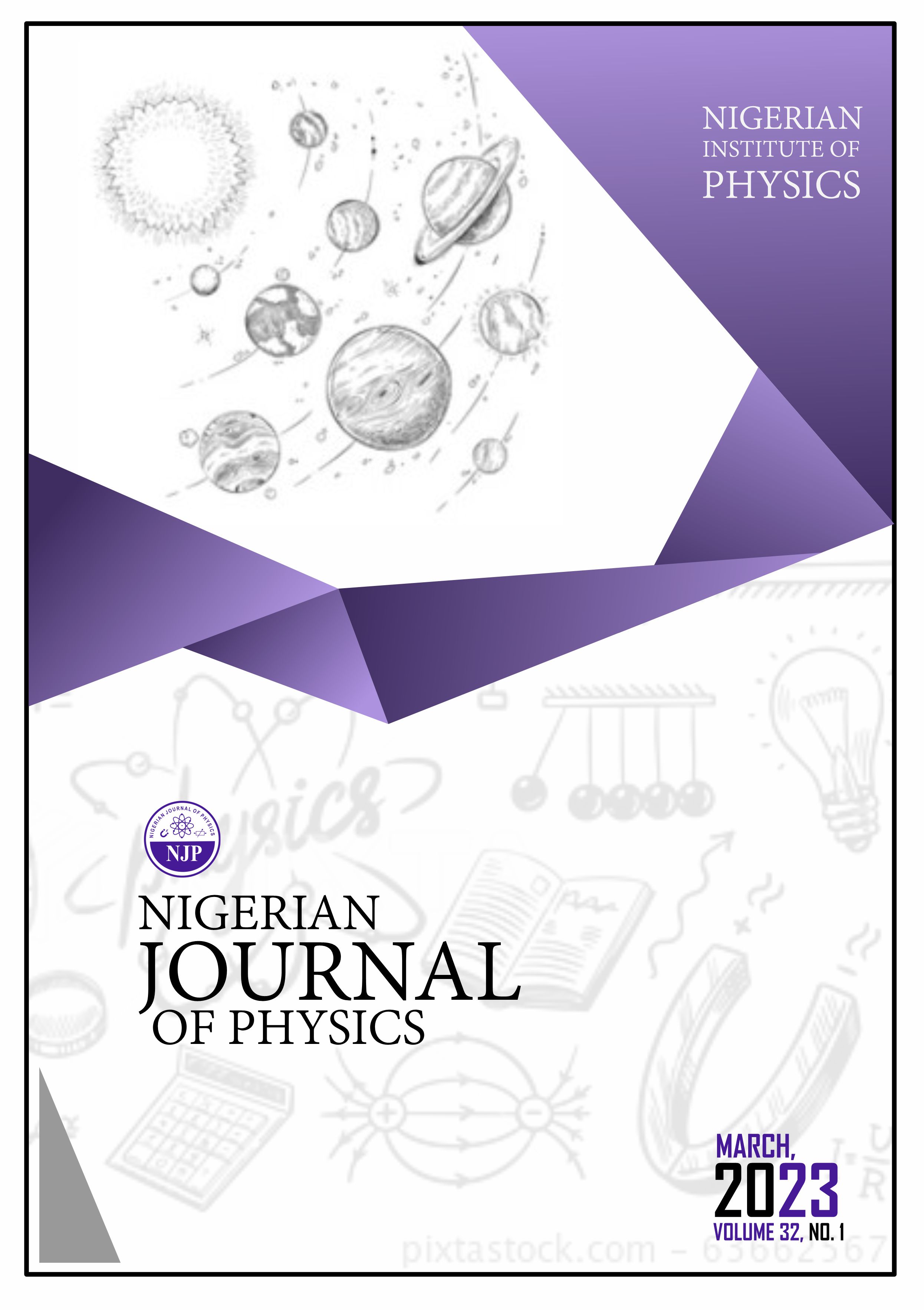Spectral Transformation of Aeromagnetic data for Local Sub-Basin Delineation within Parts of the Cretaceous Middle Benue Trough
Keywords:
Exploration, Fourier transform, SUB-BASIN structures, Aeromagnetic Anomalies, Least-Square Polynomial SmootheningAbstract
Spectral valuation of aeromagnetic data was undertaken within segments of the Middle Benue trough in order to delineate local sub-basin structures favourable to hydrocarbon accumulation; determine the depths to magnetic sources and hence estimate the thickness of the sedimentary materials within them. Standard processing and interpretation procedure involving coordinate system reprojection; regional-residual separation by means of least square polynomial smoothening and application of discrete Fourier Transform for the Spectral Analysis of (25) blocks carefully chosen to ensure inclusion of essential and interesting anomaly signatures were undertaken. Findings from the analysis show models with two-depth solutions, deep and shallow depth solution models. The deep depth-source model showed depth solutions varying between 0.65 km and 5.02 km and the shallow depth-source model revealed depth solutions ranging from 0.3 Km to 0.5 Km with the average magnetic source depth for the study area being 2.48 km. The deep depth sources are probably due to presence of thick sedimentary sequences with the thickest sedimentary sequences found around Tsuwa sub basins, SW of the study location and around Igbor sub basin, NW of the study location and on this basis; the two sub-basin structures were identified as most promising for hydrocarbon prospects. The shallow depth sources are hypothesized to be due to metallic ore deposits widely reported within the general vicinity. The results obtained have important implications for petroleum and mineral exploration.
Published
How to Cite
Issue
Section
How to Cite
Most read articles by the same author(s)
- Chinkata Joseph Uwaoma, Joshua Udoka Ugwu, Ugochukwu Joseph, Chigozie Emmanuel Nduaka, Specific Heat Capacity, Density and Viscosity Determined Using Different Combinations of Coconut Oil and Palm Kernel Oil , Nigerian Journal of Physics: Vol. 34 No. 2 (2025): Nigerian Journal of Physics - Vol. 34 No. 2
- Paul Igienekpeme Aigba, Chukwunenyoke Amos-Uhegbu, Joshua Udoka Ugwu, Martina Onyinye Eze, Darlington Chinedu Chukwu, Application of Electrical Resistivity Tomography in Mapping the Lateral Extent of Ohia Kaolin Deposit in Umuahia Southeastern Nigeria , Nigerian Journal of Physics: Vol. 34 No. 4 (2025): Nigerian Journal of Physics - Vol. 34 No. 4





